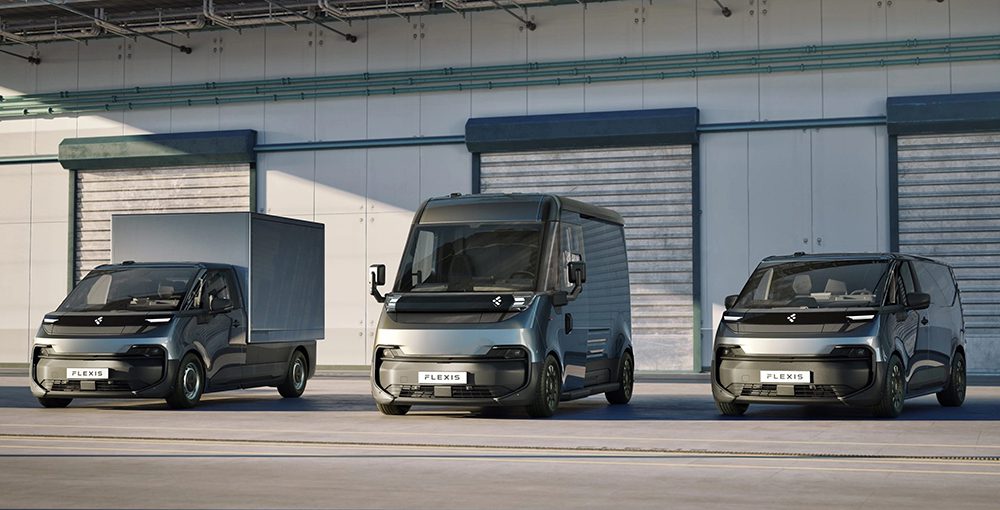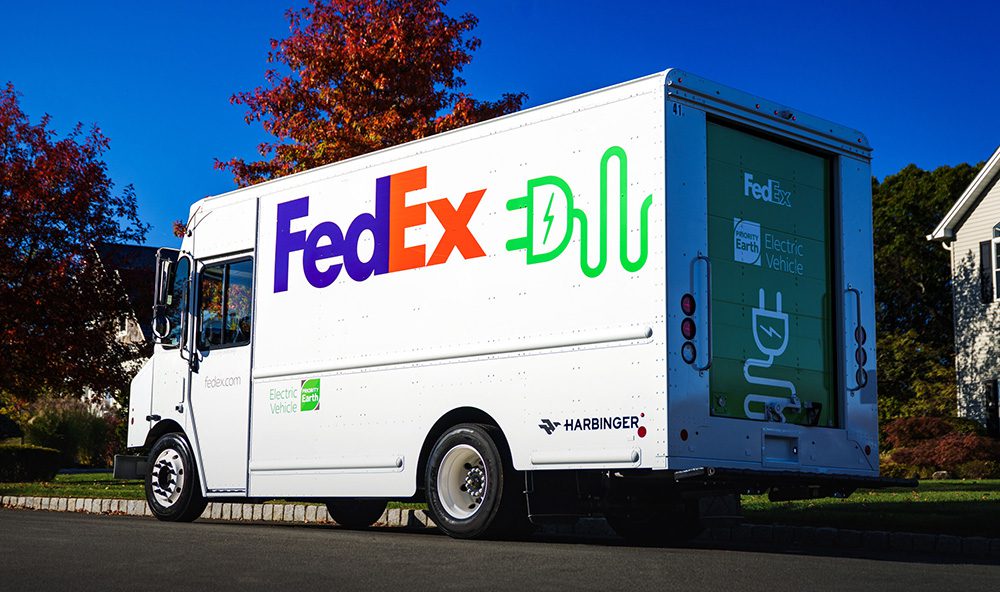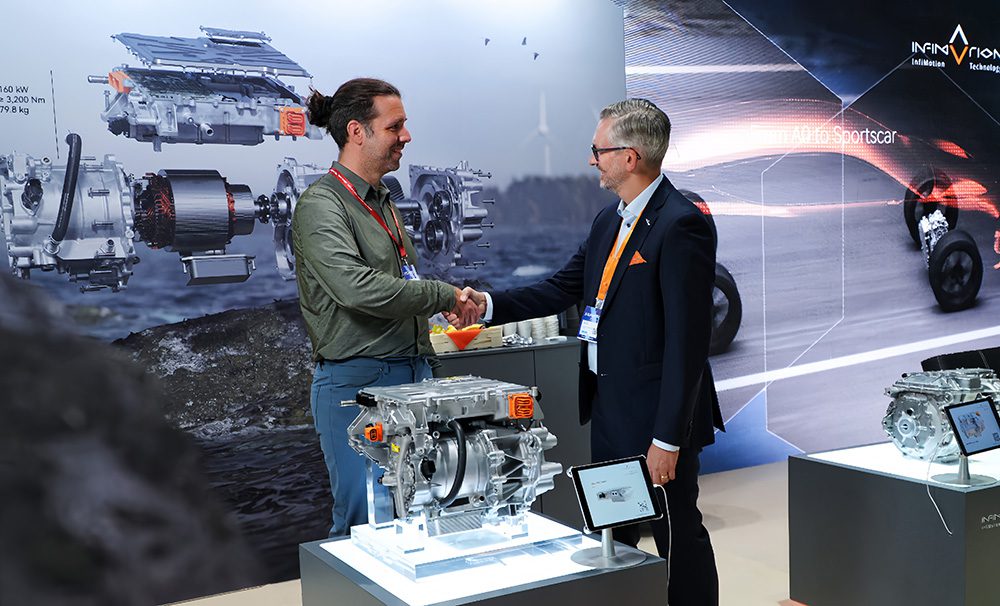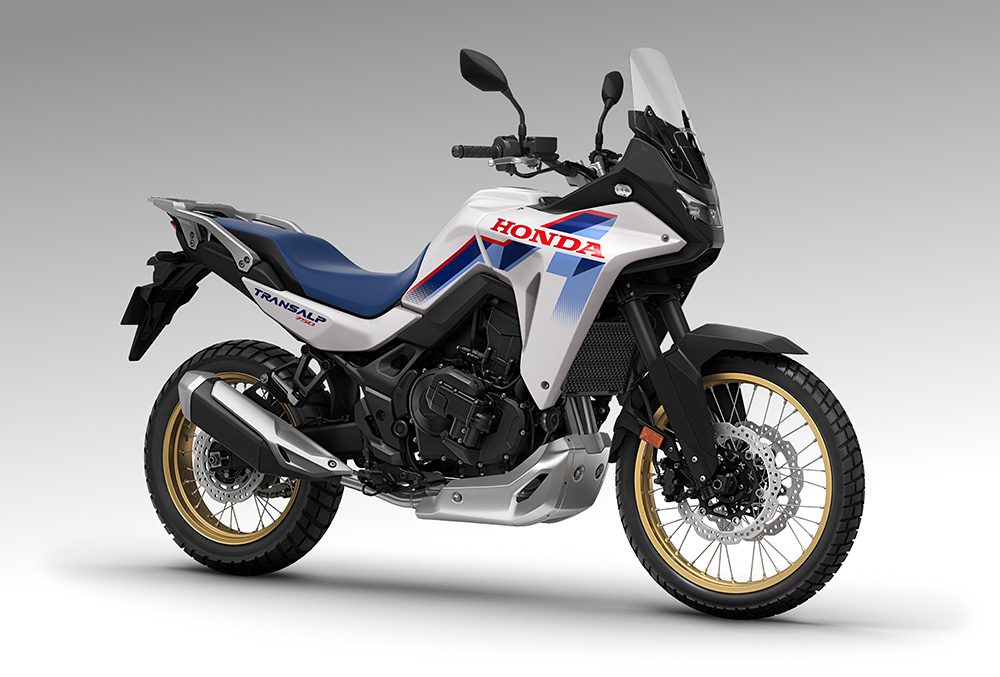The Model S is just about the greatest car ever made, but it’s always had one major defect: there are a couple of other production vehicles that can beat it in a drag race. For those of us who wish to go beyond Insane, Tesla has introduced Ludicrous mode (the name is a reference to the Mel Brooks sci-fi sendup Spaceballs), which gives the luxury sedan a 0-60 time of 2.8 seconds, faster than all but the speediest of sports cars.
Actually, the boosted balls seem to be a byproduct of an improvement to the battery pack. As Elon Musk explained in a blog post:
While working on our goal of making the power train last a million miles, we came up with the idea for an advanced smart fuse for the battery. Instead of a standard fuse that just melts past a certain amperage, requiring a big gap between the normal operating current and max current, we developed a fuse with its own electronics and a tiny lithium-ion battery. It constantly monitors current at the millisecond level and is pyro-actuated to cut power with extreme precision and certainty.
That was combined with upgrading the main pack contactor to use inconel (a high temperature space-grade superalloy) instead of steel, so that it remains springy under the heat of heavy current. The net result is that we can safely increase the max pack output from 1300 to 1500 Amps.
What this results in is a 10% improvement in the 0 to 60 mph time to 2.8 secs and a quarter mile time of 10.9 secs. Time to 155 mph is improved even more, resulting in a 20% reduction.
This option will cost $10k for new buyers. In appreciation of our existing P85D owners, the pack electronics upgrade needed for Ludicrous Mode will be offered for the next six months at only $5k plus installation labor.
But wait, there’s more (as always with Tesla): improved range is also available.
New buyers now have the option of upgrading the pack energy from 85 to 90 kWh for $3k, which provides about 6% increased range. For example, this takes our current longest range model, the 85D, to almost 300 miles of highway range at 65mph.
Existing owners can also purchase the pack upgrade, but I wouldn’t recommend doing so unless usage is on the edge of current range. On average, we expect to increase pack capacity by roughly 5% per year. Better to wait until you have more time on your existing pack and there is a larger accumulated pack energy difference.
It is important to note that the battery pack size upgrade and the pack electronics upgrade are almost entirely independent. The first is about energy, which affects range, and the second is about power, which affects acceleration.
The Model S is now available in a bewildering variety of versions, from the new 70 base model, which starts at $70,000, to the P90D with Ludicrous mode, which starts at $119,200.
In a conference call with reporters, Musk revealed several other interesting bits of news. The Model X, which is still on track for first deliveries “within a few months,” has gradually diverged from the Model S platform. The long-awaited PSUV now shares only about 30 percent of its components with its sister sedan. The Model S itself averages around 20 minor engineering improvements per week.
A second-generation Roadster model, coming in four years, will be an all-new native EV, and not an update to the earlier Roadster, which evolved from an original design based on the Lotus Elise. It will have a setting even more powerful than Ludicrous Mode, to be called Maximum Plaid.
A question on the mind of every aspiring EV owner these days: Should I buy now, or wait for an even better Model S? “Of course, yeah, there will be a better one in the future,” said Musk, “but if you want to wait to buy a car in the future, you’ll be waiting forever.”
Sources: Tesla, Green Car Reports, Automotive News
Image: Climate State (CC BY-SA 2.0)











































































































